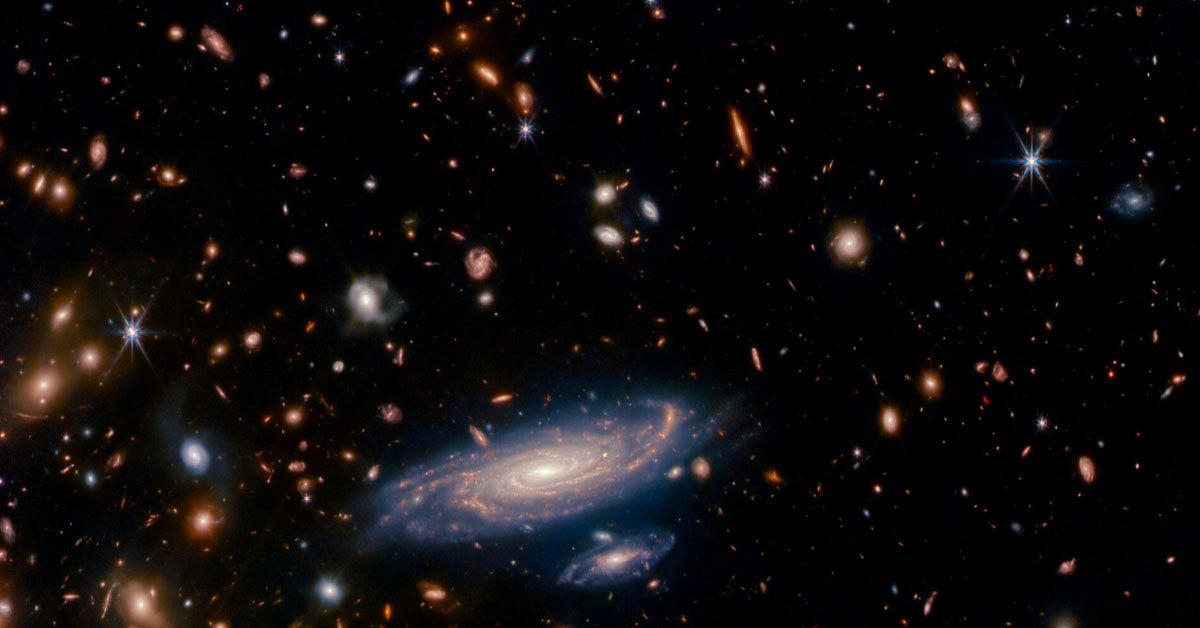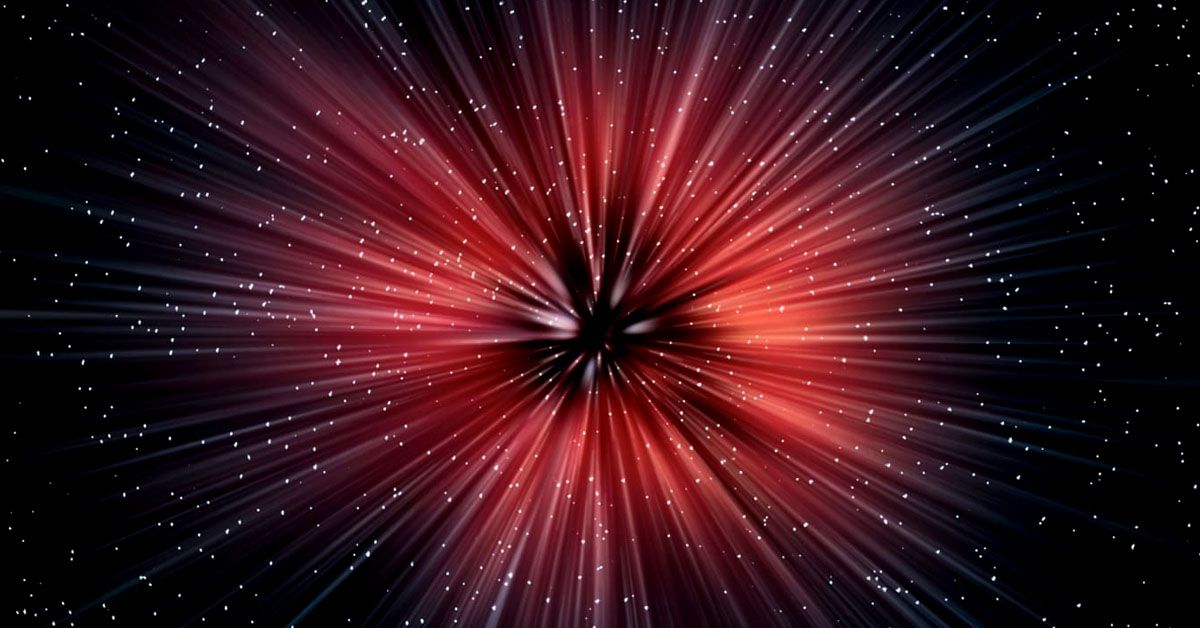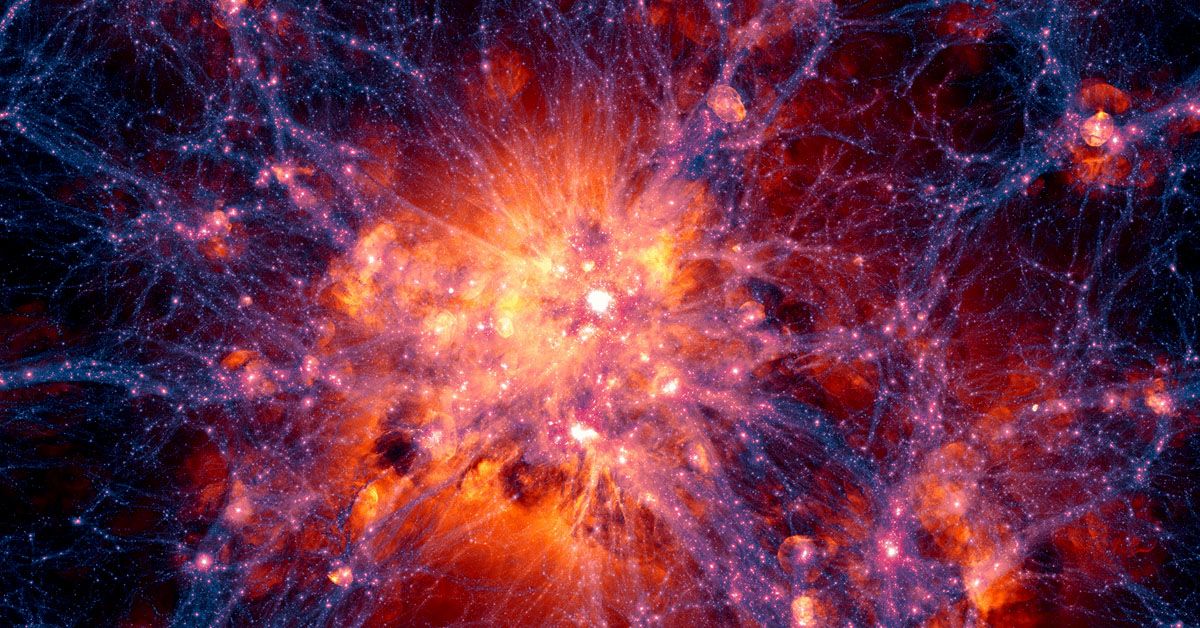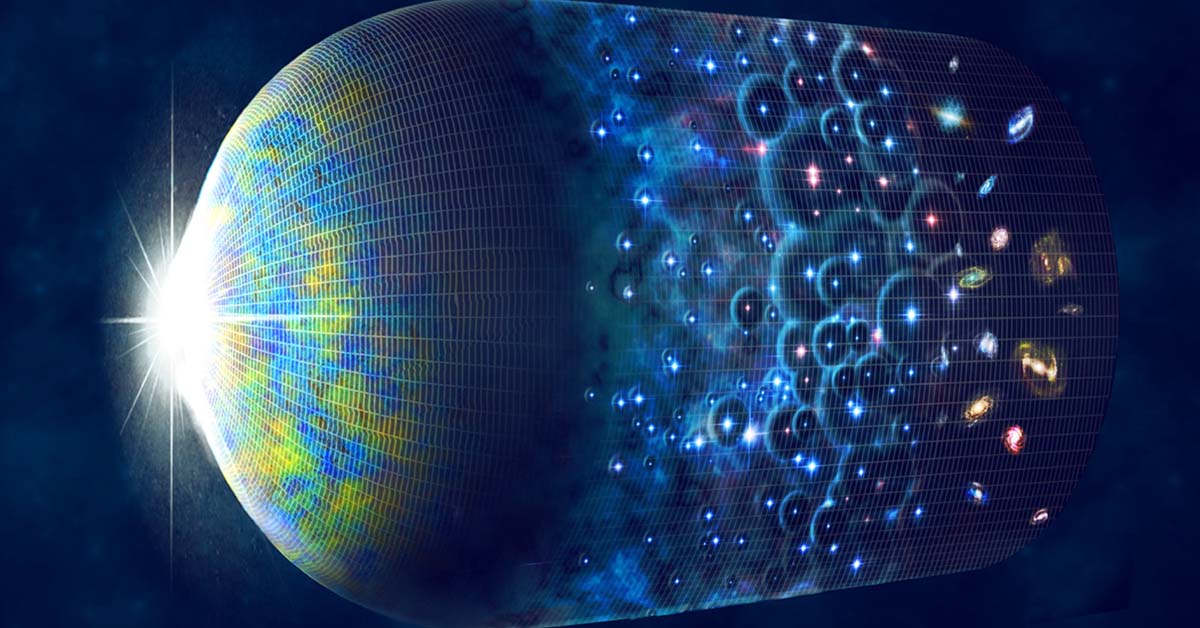We've often heard that the universe is around 13.7 billion years old, right? This estimate has been widely accepted for many years. It's based on solid research and measurements such as the redshift of light from distant galaxies.
But what if our understanding could be more accurate? What if the universe is much older than we think?
Recently, researchers from the University of Ottawa have proposed a thought-provoking theory. They suggest the universe might be a staggering 26.7 billion years old, almost double the currently accepted age!
This new model adds more than just billions of years to our universe's lifespan. It also offers potential answers to some puzzling questions about early galaxy formation.
Understanding the Universe's Age: From 13.7 to 26.7 Billion Years
When discussing the universe's age, we often think back to a big event called the Big Bang. The universe's age is generally determined by tracing back to this event, using clues from the oldest stars and the redshift of light from far-off galaxies.
The "redshift" is a way to tell how much the universe has expanded since light left a particular galaxy. By 2021, scientists used a commonly accepted Lambda-CDM concordance model to estimate the universe to be about 13.797 billion years old.
However, this traditional model needs to account for some strange facts. For instance, some stars, known as Methuselah stars, seem older than the universe itself. How can a star be older than the universe it exists in?
This is one of the puzzles of the traditional model. Another puzzle comes from the study of early galaxies.

When the James Webb Space Telescope peeked at these galaxies, it found them to be surprisingly mature. Their development appeared to be way ahead of their time, raising questions about our understanding of galaxy evolution.
Now, let's introduce a game-changing theory. Researchers from the University of Ottawa have proposed a model that shakes up our timeline of the universe. This model suggests that the universe might actually be 26.7 billion years old.
So, how does this affect our understanding of galaxies?
Well, with this new model, the time allowed for galaxy formation is longer. This could potentially solve the issue of early galaxies appearing too mature, otherwise known as the "impossible early galaxy problem."
It's a bold proposal that could cause us to rethink our whole understanding of the universe's timeline.
Decoding Gupta's Universe Model: Explaining the Anomalies
To begin, let's dive into a theory proposed by physicist Paul Dirac. He suggested the idea of "evolving coupling constants." In simple terms, these are factors that dictate how particles interact with each other, and Dirac theorized that they might change over time. Gupta's model borrows this concept and adds it to the mix.
By introducing evolving coupling constants, Gupta's model can explain why early galaxies seem to have developed too fast and too much. If these coupling constants can change, it means the rules of particle interaction were different in the early universe. Hence, galaxies might have had more time to mature, matching what we observe through our telescopes.

Next, we'll look at an old idea called "Zwicky's tired light theory." This theory suggests that light from distant galaxies loses energy on its journey, leading to the observed redshift. However, this idea fell out of favor because it didn't fully explain the universe's expansion.
Gupta's model brings this theory back into play. It proposes that the redshift could result from both the universe's expansion and the energy loss by photons, as described by Zwicky's tired light theory. So, the observed redshift could blend two phenomena, not just one.
Lastly, Gupta's model adjusts the "cosmological constant." This value in Einstein's theory of relativity represents dark energy, thought to be behind the universe's accelerating expansion.

In Gupta's model, this cosmological constant undergoes a change to incorporate the evolving coupling constants. This modification explains the unusually small sizes of early galaxies, which has been a puzzle for astronomers.
By adjusting the cosmological constant, Gupta's model gives us a new perspective on the mysterious dark energy and its potential role in shaping the early universe.
Merging Theories: Tired Light and Redshift
One of the strengths of Gupta's model lies in its ability to reconcile the tired light theory with the redshift concept. Traditionally, these two theories have been at odds. The tired light theory suggests that the redshift we observe is due to light losing energy over time.
In contrast, the redshift theory, backed by the Lambda-CDM concordance model, attributes the redshift to the expansion of the universe.
Gupta's model brings these two theories together in an intriguing blend. It proposes that the redshift could result from both phenomena - the energy loss by light over its journey and the universe's expansion.
By doing so, it manages to tackle two anomalies at once: the apparent age of Methuselah stars and the surprising maturity of early galaxies.

Currently, Gupta's model represents an exciting alternative to the traditional understanding of the universe's age. It's a bold proposal that nearly doubles the universe's timeline and attempts to explain some longstanding astronomical puzzles.
However, it's important to remember that theories need thorough testing before they can be widely accepted.
While Gupta's model has sparked interest and discussions, the scientific community will need to conduct rigorous verifications to establish its accuracy. After all, the pursuit of knowledge is a process of constant questioning, testing, and refining.
As we continue this journey, Gupta's model serves as a powerful reminder of the vast and awe-inspiring nature of the universe we're trying to understand.
Source: academic.oup.com













